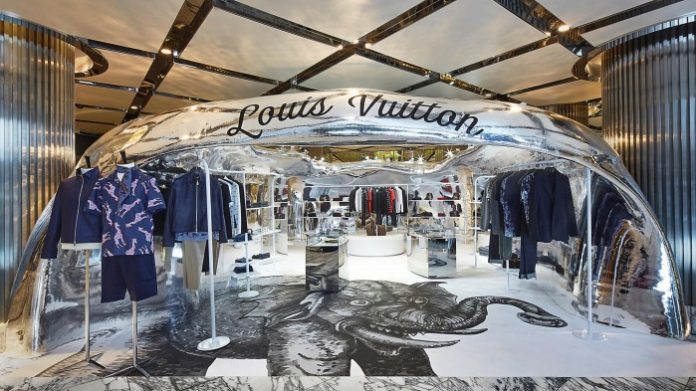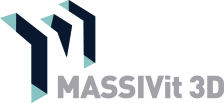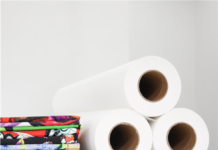By Lilach Sapir
Vice President of Marketing and Business Development at Massivit 3D.
Created around 30 years ago, 3D printing has gradually strengthened its foothold and is now widely used across a plethora of applications within industry sectors that include automotive, aerospace and medical. However, 3D printing technology has the flexibility, speed and price point to unlock huge new creative opportunities and drive profitable growth for users in the retail sector.
3D printing allows retailers to create vibrant, eye-catching window displays, point of purchase (POP) stands, visual merchandising and exhibitions elements and even bespoke retail outlets that surpass what can be achieved with traditional manufacturing. With the capability to very quickly produce larger-than-life high quality 3D pieces, the world is beginning to see examples of it transforming the way high-level advertising, visual merchandising and POP and POS displays are created within the retail space.
At the heart of this is the new proprietary technology, gel dispensing printing (GDP), which cures rapidly under UV-light, enabling instant solidification of the printing material and consequently achieving very high-speed printing. Not only that, but the printer also uses techniques that allow it to print non-vertical walls and ceilings, without the need to produce a solid object or intensive support structure.
These unique material properties mean impressive objects can be produced, while also reducing material costs and weight. One example of this advantage is a project from E.S. Digital. It was approached by ‘Bridge by Coca Cola’ (a start-up accelerator programme managed by Coca-Cola) to produce a host of eye-catching 3D printed interior decorations for its launch party, which would later also be housed inside its facility.
Using the Massivit 1800’s ability to produce two individual parts simultaneously, E.S. Digital 3D printed nine iconic Coca-Cola bottle caps in a variety of sizes in just five hours. These were then finished in a combination of Coke-red, black and white paint and self-adhesive vinyl to spell the word ‘The Bridge’. According to Eyal Shemesh, CEO from E.S. Digital, The Bridge and Coca-Cola staff and executives were amazed by the quality and the ability for mass customisation. The company was so impressed by the results that it also commissioned a 3D printed human-sized Coca-Cola bottle to serve as the statement piece in the entrance to the building. Although super-sized, the bottle was remarkably lightweight and it was soon being passed around by guests as the unofficial party mascot, featuring in an endless number of selfies.
The Coca-Cola example highlights the important role that the technology plays in increasing brand awareness.
This is exemplified in another project which saw E.S. Digital approached by new Israel-based chocolate shop, ‘Little Switzerland’ in a bid to strengthen its brand identity and make the store more appealing to its target market. E.S. Digital 3D printed an oversized 1.7m-tall replica of the company’s mascot to welcome shoppers and boost the company’s brand identity in-store. Since its introduction, ‘Little Switzerland’ has reported an increase in sales and even online visits.
For retailers, incorporating 3D printing into your campaigns is a great means of differentiating your offer and enhancing how you capture and maintain customers’ attention. With recent studies suggesting that 3D advertising has five times the stopping power and four times the staying power of 2D advertising, it is clear why this is the technology for retail and advertising applications.
Whatever the driver, there are myriad benefits to integrating 3D printing into your marketing operations. For retailers and marketers, it crucially offers the capability to very cost-effectively elevate applications to a new dimension with maximum impact.
|
LOCAL DISTRIBUTOR |
















